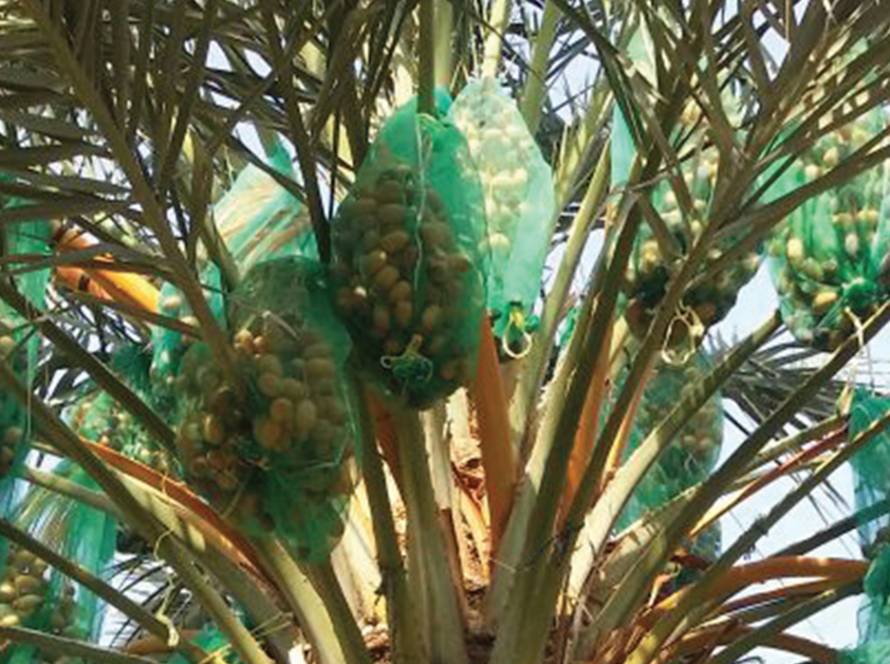As summer transitions into a hot autumn and the onset of a damp winter (earlier than usual), some farms and orchards, particularly those with olive and mango trees, have started to show symptoms depicted in the attached images—especially after pruning, which exposes the inner branches to light.
While these symptoms are not always severe, they are important and should not be ignored. Let’s understand what they are and how to address them.
What Are These Symptoms?
These are called lichens. So, what exactly are they?
Lichens are simple life forms that consist of a fungus and an alga living together in a mutually beneficial relationship. The fungi involved are usually ascomycetes, although basidiomycetes can also be present. The algae can either be green or blue-green, allowing them to produce their own food through photosynthesis due to the presence of chloroplasts. Lichens attach themselves to tree trunks, rocks, or other surfaces and can appear as either filamentous structures made of intertwined fungal and algal threads or as tightly adhering crusts, usually in a yellow-green color. They reproduce through ascospores (if ascomycetes) or basidiospores (if basidiomycetes) and can also reproduce vegetatively by growing separate parts into new lichens.
Symptoms on Fruit Trees:
Lichen symptoms appear as thin plates that are yellow or green on branches, stems, and sometimes leaves in cases of severe neglect. They can weaken the plants and reduce yield because the lichens hinder gas exchange between the plants and the surrounding air, as well as block light from reaching the foliage.
Favorable Conditions:
- Close Planting: Crowding plants together can lead to overlapping branches, blocking light and air, which promotes lichen growth.
- Neglecting Pruning: This can exacerbate the symptoms, along with hot summer conditions that weaken the trunk and branches.
Control Methods:
- Winter Pruning: Carefully prune to distribute the branches evenly.
- Summer Pruning: Engage in summer pruning and thinning as necessary.
- Balanced Nitrogen Fertilization: Avoid over-fertilizing with nitrogen.
- Potassium Fertilization: Ensure adequate potassium levels.
- Humidity Control: Reduce moisture around the shrubs.
- Remove Infected Branches: Prune infected branches and dispose of them by burning away from the farm.
- Manual Removal: For small areas, clean the lichens off plants using fiber and soap.
- Bordeaux Mixture: Spray a Bordeaux mixture at a ratio of 1 kg copper sulfate to 2 kg hydrated lime per 100 liters of water.
- Copper Oxychloride: Apply at a rate of 300 g per 100 liters of water, with treatments every 3-4 weeks until the infection clears.
- Bordeaux Paste: Coat the trunks of shrubs with Bordeaux paste immediately after spraying.
Source: Dr. Mohamed Ali Fahim



